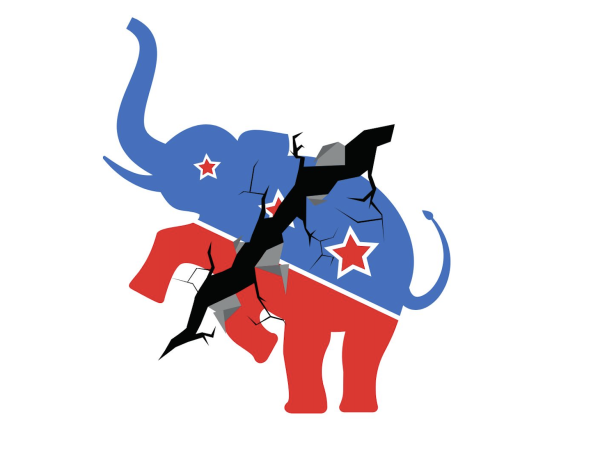What the Biden Administration’s student debt forgiveness plan means for students
September 24, 2022
On Aug. 24, President Joe Biden announced that the Department of Education would begin the process of making up to $20,000 in loan forgiveness available to currently enrolled college students with federal loans.
The announcement comes as 45 million Americans owe a total of $1.6 trillion in federal loans. Many hope this relief, although less than what was hoped for by many Democratic officials, will help mitigate the current student debt crisis. An estimated 27 million borrowers will qualify for up to $20,000, according to the Education Department.
Students who are classified as dependent on their parents and have a household income of less than $250,000 a year, and students who are independent of their parents and have an individual income of less than $125,000 a year qualify for $10,000 in federal loan forgiveness. Students that received a Pell Grant for any of the years they attended college are eligible for an additional $10,000. Private loans are not eligible for the relief plan. The administration also announced an extension of the student loan payment pause through Dec. 31 of this year.
The estimated cost of the forgiveness plan is about $300 billion or more, due to variability in how many borrowers actually apply for the relief.
“I didn’t think much of it at first,” said Molly Stallsmith, a sophomore Film and Screen Studies major at the University. “I didn’t get super excited because I didn’t know if I was eligible.” Upon discovering their eligibility, Stallsmith had mixed feelings. “I mean $20,000 is $20,000,” she said.
“If I was going to an in-state school, it may have covered my entire tuition, but I think my views are different because of where I am.” The University’s tuition as of 2022 is reported at $48,152 a year.
Another student, who wished to remain anonymous, had a different reaction. “[Student debt] should be getting completely canceled,” they said. “[This] helps out my family a ton because it will basically cover all of [my] debt, especially coming from a lower income family.”
Many have criticized the President’s move as deeply unfair, claiming the $250,000 cap on household income is too high. In a statement to the New York Times, Jason Furman, a former top economist for Former President Barack Obama, said the plan “would unnecessarily provide tens of thousands of dollars to many high-income households in a way that goes well beyond even what he promised in the heat of a Democratic primary when the problem facing the country was low inflation—not high inflation.”
Other critics have largely focused on the cost of the plan, citing the current economic crisis and rampant inflation. The forgiveness plan could cost taxpayers more than $300 billion. However, this figure can be misleading, as most of the debt was never likely to be repaid in the first place. One in every five borrowers had defaulted on their loans before the COVID-19 pandemic, which ravaged the world economically. This debt forgiveness plan, in the end, could save taxpayer money.
Borrows can begin applying for debt forgiveness in early October 2022 and will have until Dec. 31, 2023 to apply, according to the Department of Education Department. Those interested can sign up for frequent email updates at ED.gov/subscriptions.











